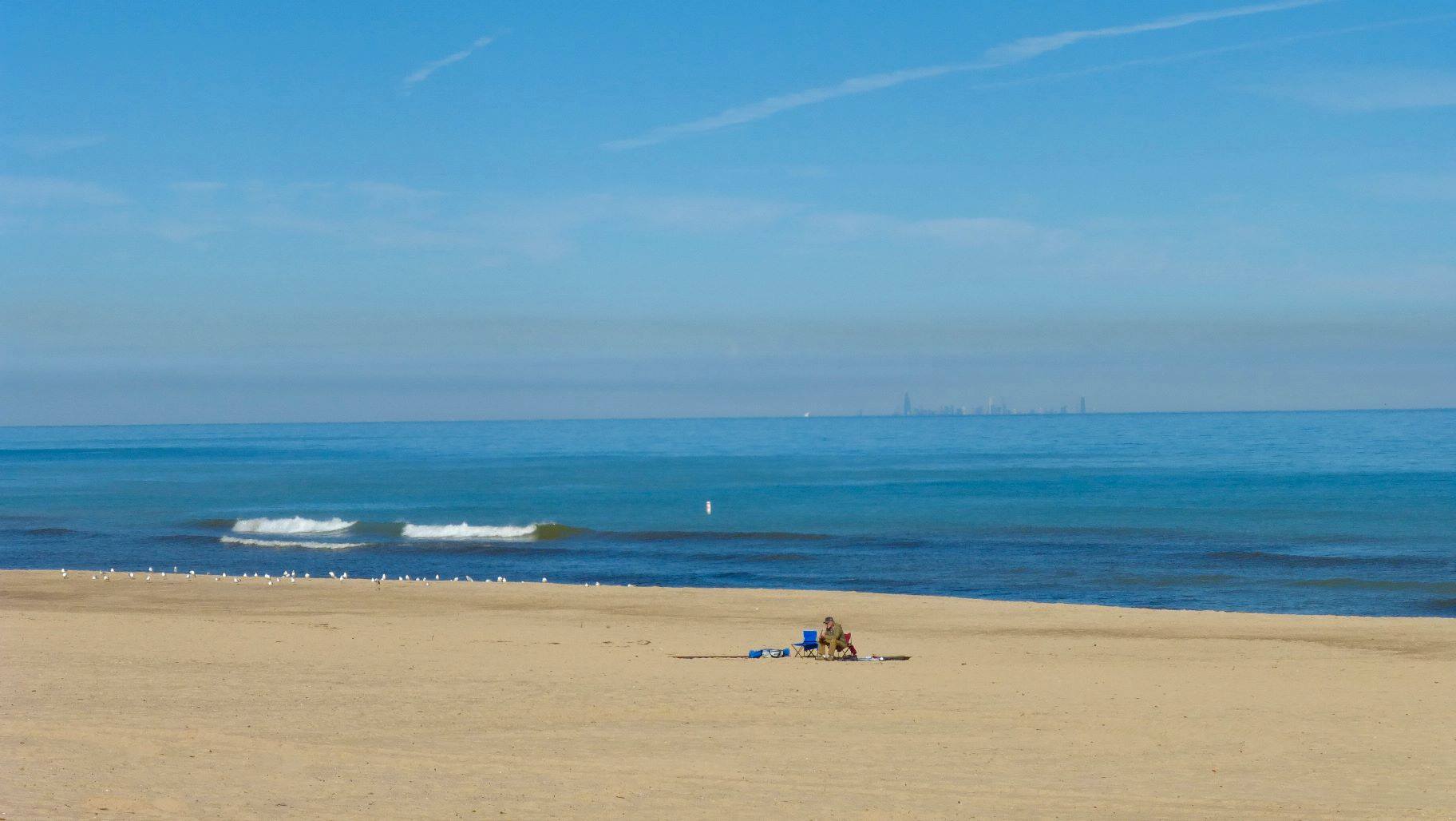Also, be aware that inland, and especially city wind, really sucks most of the time. When the wind has to go between trees and/or buildings it gets turbulent and does weird directional and speed changes that can drive you nuts. Pretty much exactly what you described. When the wind goes over a building or a tree, it has to travel 8 to 10 times the height of it in the direction it's going before it begins losing that turbulence. It'll cause you grief as you're learning, but eventually you'll learn to cope and even occasionally use it to your advantage. And when you fly in decent wind you'll look like a pro because of your ability to read what the wind is doing. So in fact, flying in crappy wind will make you a better flyer faster.

.thumb.jpg.53aabc63a639af8d375b2c92cf2e13f8.jpg)